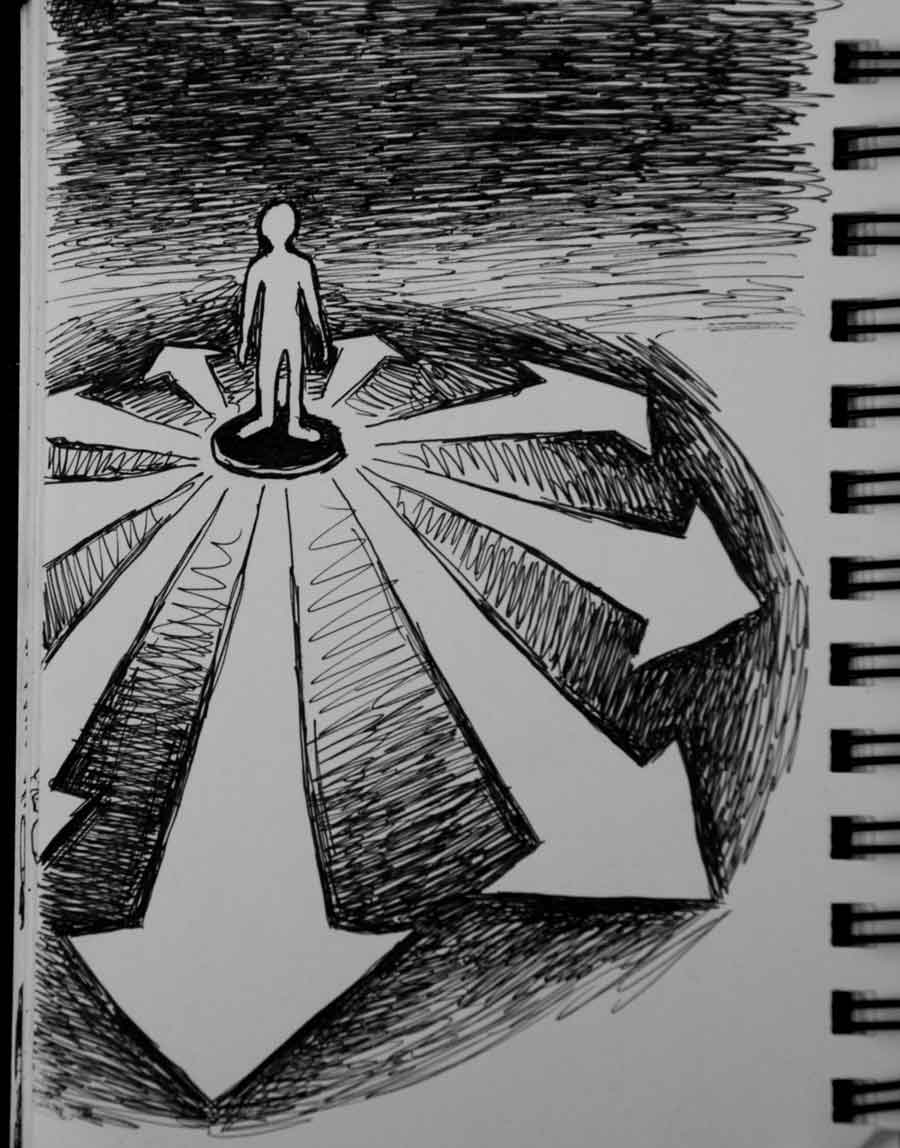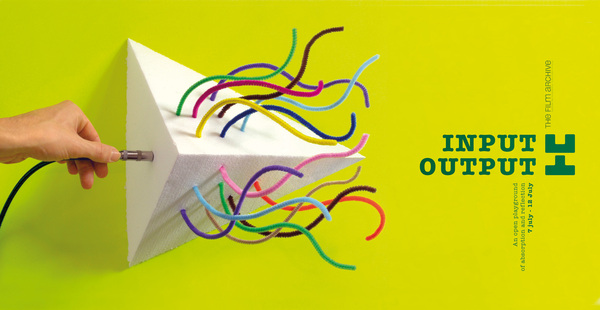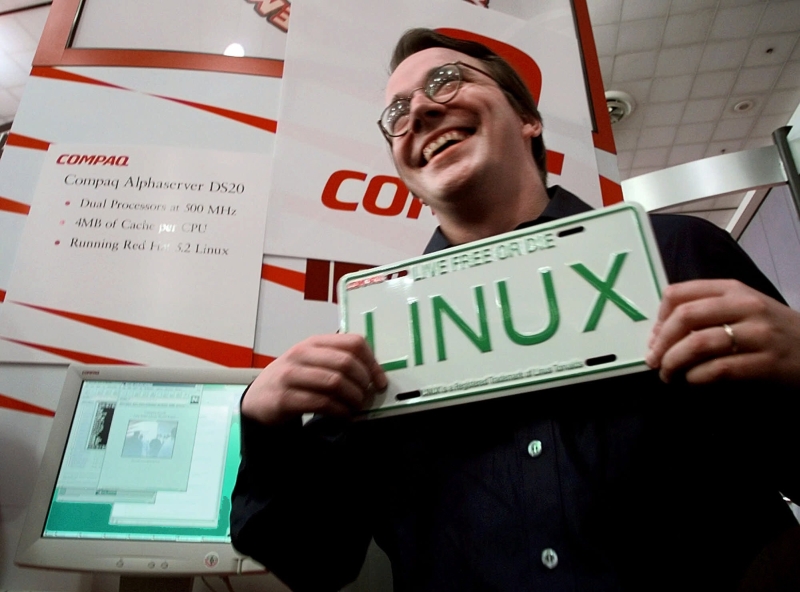Some basic definition which I wanted to remember always, in my early stages, whereas which is very important to understand if someone will like to learn Unix / Linux with basic concepts rather then just a knowing.
- Kernel – It is the core of the system. It controls all the tasks, schedules all the process and carries out all the functions of the operating system. It is the code that controls the interface between user programs and hardware devices. Please always remember it is not an operating system.
- Shell – It is the command interpreter of the operating system. It accepts commands from the user and analyzes and interprets these commands. Hence shell acts as a middle man between the Kernel and the users of operating system.
- Command – It is a instruction given by a user telling a computer to do something, such as to run a program.
- Program – It is an executable file usually files that are stored in one of the bin directory.
Have figured out these definitions from numerous areas. Share more if you feel like to include in the list.




